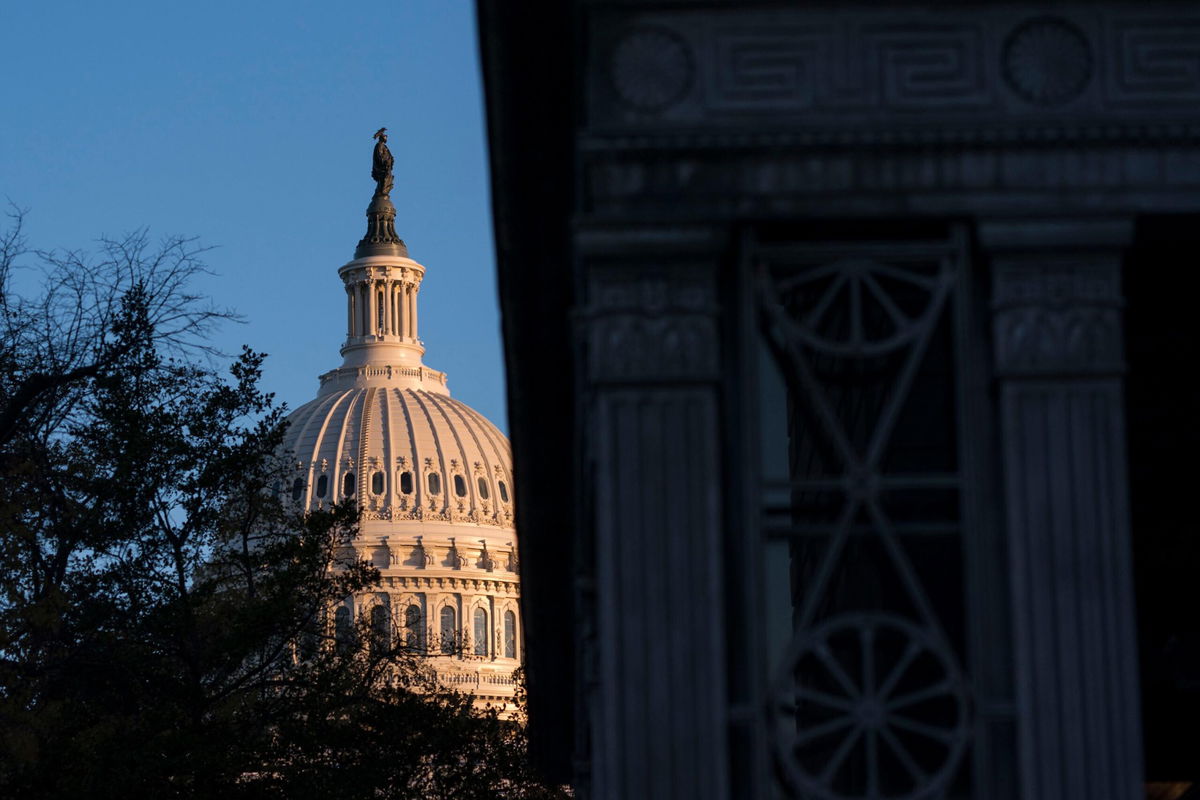New report finds 1 in 8 congressional staffers are not making a DC living wage

One in eight congressional staffers in Washington
By Annie Grayer, CNN
One in eight congressional staffers in Washington, DC, are not paid a living wage, a new report from a nonprofit found.
That’s nearly 1,200 staffers who cannot afford to live in the city that they work in based solely on their income from their job working in Congress.
Issue One, a self-described cross-partisan group focused on political reform, used data from LegiStorm, a platform that complies congressional data, to research how junior congressional staffers are compensated and how that affects the talent pipeline on Capitol Hill.
The report compares staff salaries in Congress to the living wage in Washington, DC, which according to the Massachusetts Institute of Technology is $42,610 for an adult with no children.
The percent of staffers who cannot afford the cost of living in DC goes up when looking at the most entry level jobs. The study finds that 70% of staff assistants, which is the most common entry-level job on Capitol Hill, earned less than a living wage in 2020.
As the result of junior staffer salaries not being able to meet the DC living wage, the overwhelming majority of junior staffers on Capitol Hill are young, White and don’t stay on Capitol Hill very long.
Issue One found that 60% of staffers are under the age of 35. The average staffer has only been in their position for 2.5 years and the average legislative assistant, who regularly advises a member of Congress, has been in their position for less than a year, according to a 2019 House of Representatives Compensation and Diversity Study report. A study by New America found that 65% of staffers plan to leave Congress within five years, with many taking their institutional knowledge and talents to lobbying firms.
While people of color amount to 40% of the US population, only 14% of all top House staff and 11% of all top Senate staff are people of color, according to the Joint Center for Political and Economic studies. The discrepancies become even greater when looking at specific ethnic and racial groups. Among senior Senate staffers, just 3.8% are Latino, 3.1% are Black, and 2.7% are Asian Americans/Pacific Islanders according to a 2020 study from the Joint Center for Political and Economic Studies. As of 2018, 86.3% of top House staff are White.
As a result of all of these factors, the House Office of Diversity and Inclusion found in a recent survey that just 34% of congressional staffers reported being satisfied with their financial compensation and 45% said they had “seriously considered looking for employment elsewhere.”
“If Congress wants to attract a capable workforce, increasing pay for entry-level workers is the place to start,” Issue One writes in its report.
Despite the pervasiveness of the issue, addressing congressional pay has come into sharper focus in recent years. In August, House Speaker Nancy Pelosi raised the maximum annual rate of pay for senior staff from $174,000 to $199,300.
“This order will help the Congress recruit and retain the outstanding and diverse talent that we need, as it also helps ensure parity between employees of the House of Representatives and other employees of the Federal Government,” Pelosi said in a statement at the time.
But this reform only targets top staffers and does not address the pay discrepancies for junior staff.
“While raises for top staff represent a step forward, focus must be shifted to the lower-level staff who make up a far greater percentage of the overall workforce and are the pipeline of talent to upper positions,” Issue One argued in its report.
In addition, House Appropriators proposed a 21% increase in the money allocated to congressional offices to spend on their offices and payroll. But according to LegiStorm data analyzed by Issue One, these policy changes will only affect approximately 3 percent of congressional staff.
The issue of House junior level staffers still having inadequate salaries to match cost of living, comes even as pay increases have been made in recent years.
The 2021 study from the House Office of Diversity and Inclusion also found that 55.6% of all House staff received a pay increase with a median increase of 6%. Bonuses have also gone up with 67.8% of all House staff having received a bonus with a median bonus amount of $3,500. And some staffers are seeing a cost of living adjustment reflected in their salary, with 28.8% of all House staff receiving that adjustment. But, on average, it has been 14.5 months since House staff have gotten a pay increase.
Issue One uses its findings to argue that raising the pay floor of Congress and increasing the salaries for junior Hill staffers will not only help lawmakers with legislative policy decision but will also benefits constituents by creating a workforce that better reflects the community they’re serving and can better address the issues facing all communities.
“Ultimately, Congress is no different than any other enterprise: You get what you pay for,” the report reads. “Americans have every right to expect a government that is not only able to perform its job, but perform it well. If we want a Congress that is capable of meeting its responsibilities, both members of Congress and the public must be willing to invest in the institution by properly and fairly compensating all congressional staff.”
The-CNN-Wire
™ & © 2022 Cable News Network, Inc., a WarnerMedia Company. All rights reserved.